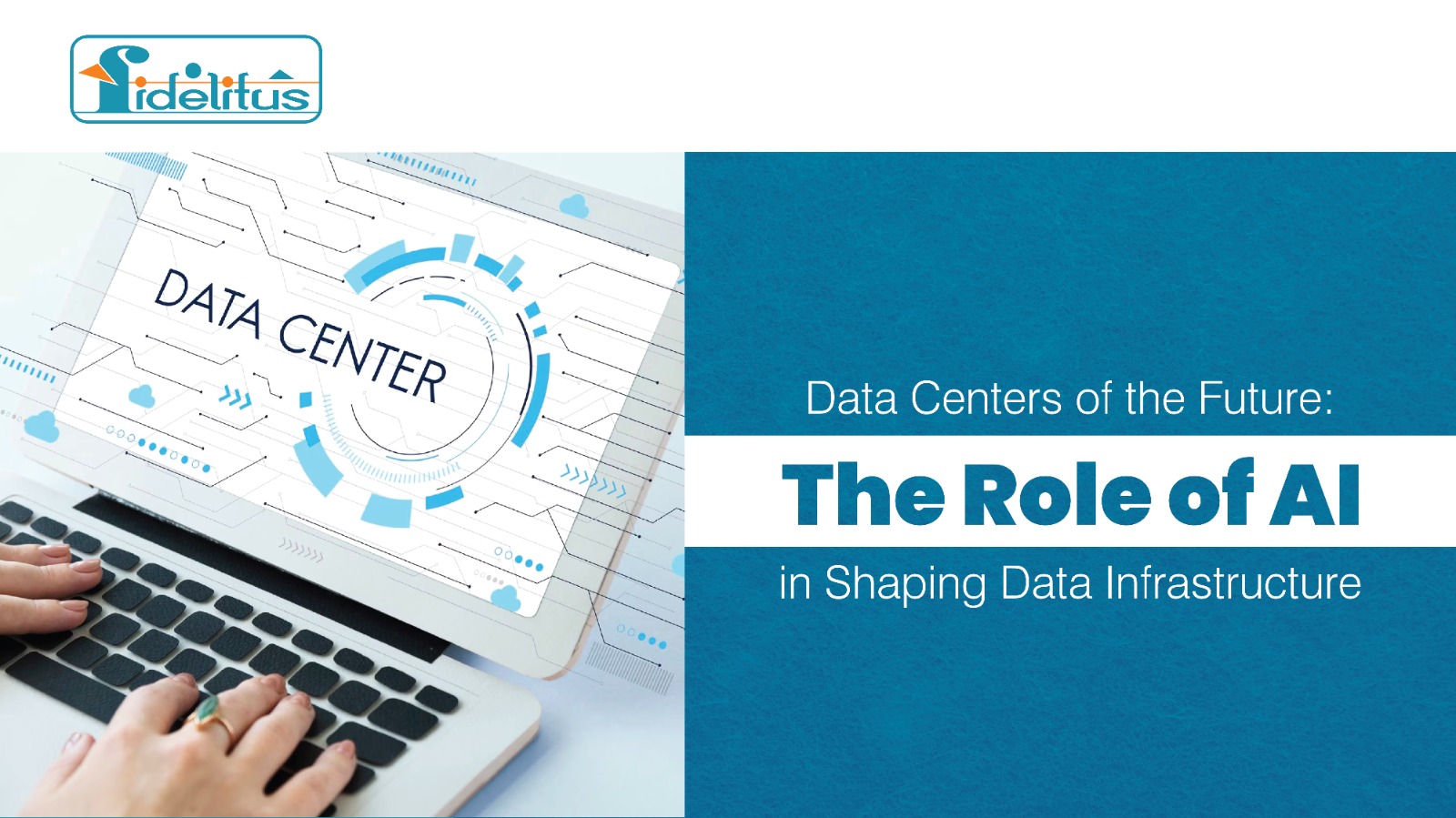The advent of artificial intelligence (AI) is shaking up the commercial property industry. Data centers, once static repositories of information, are now evolving into dynamic, AI-driven hubs. This paradigm shift has far-reaching implications for businesses and investors alike.
Introduction to the Changing Landscape of Data Centers
Data centers have transformed significantly over the years. Initially used for data storage and networking, they are now expected to support advanced AI applications that require massive computing power, vast storage capacities, and quick data transmission rates. This transformation from conventional data centers to AI powered hubs is influencing their roles, designs, and operations.
Understanding AI’s Infrastructure Demands
AI applications pose unique and demanding infrastructure requirements that necessitate a rethinking of traditional data center designs.
- Computing Hardware: The sophisticated computations involved in AI applications require specialized, powerful processors. GPUs and TPUs, specifically designed for AI workloads, have revolutionized the types of hardware used within data centers. These are critical for tasks like training complex neural networks or processing massive datasets.
- High-speed Connectivity: The vast amounts of data utilized by AI models, especially in real-time applications, necessitate ultra-fast data transmission speeds. High-bandwidth network connectivity within and between data centers is vital to prevent bottlenecks and ensure the seamless operation of AI applications.
- Power Supply and Cooling: AI computations are power-intensive and produce significant heat, demanding robust power supplies and efficient cooling systems. The higher energy demands compared to traditional IT workloads have led to a focus on more efficient power supplies, energy-efficient server designs, and advanced cooling solutions.
- Cloud Infrastructure and Data Storage: The large volumes of data used in AI applications call for high-capacity storage systems and a robust cloud infrastructure. The ability to store and quickly retrieve data is crucial to training AI models and executing AI tasks.
Growth of Colocation, Hyperscale, and Edge Data Centers
The demanding needs of AI have led to a rise in different types of data centers, each catering to specific aspects of AI infrastructure:
- Colocation Data Centers: These facilities allow businesses to rent space for their servers and other hardware. By sharing infrastructure and services, businesses can benefit from cost savings, increased security, and operational efficiency. The global colocation data center market is set to grow substantially in the coming years, with many businesses seeking to outsource their data center needs to cut costs and improve scalability.
- Hyperscale Data Centers: These mega facilities are designed to provide extensive computing power and vast storage capacities, making them perfect for the high demands of AI. Tech giants like Amazon, Microsoft, and Google continue to invest heavily in these facilities to support their cloud and AI operations. Hyperscale data centers are expected to dominate the market, given their scalability, efficiency, and ability to handle massive workloads.
- Edge Data Centers: These small, geographically distributed data centers bring processing power closer to the source of data generation, reducing latency and improving speed—critical factors for many AI applications. As the Internet of Things (IoT) and AI applications proliferate, the edge data center market is set to grow at a phenomenal rate.
Impact of AI on Data Center Locations
The energy and resource requirements of AI are influencing the location of new data centers. Factors that affect these decisions include:
- Energy Prices and Availability: The high energy demands of AI applications make regions with low energy costs or abundant renewable energy attractive for data center locations. For instance, regions like Scandinavia, which have lower energy costs and an abundance of renewable energy sources, have become popular locations for data centers.
- Land Costs: Given their size, data centers require vast tracts of land. Thus, land prices are a crucial factor in site selection. Regions where large parcels of land are available at affordable prices have seen a surge in data center developments.
- Regulations: Local regulations regarding energy consumption, data privacy, and environmental impact significantly affect data center location decisions. Areas with favorable regulatory climates, like certain states in the U.S. or countries in the European Union, are often preferred.
New Design Requirements for AI Data Centers
As the demand for AI grows, data centers are evolving to accommodate the unique needs of AI applications. For instance, Meta, formerly known as Facebook, paused its data center expansion plans to reconsider infrastructure designs to better support AI workloads.
- Advanced Cooling Solutions: High performance processors for AI applications generate significant heat, requiring innovative cooling solutions. Advanced liquid cooling, which uses liquid rather than air to cool servers, is becoming more commonplace due to its efficiency and ability to handle the heat produced by intense AI computations.
- Scalability: AI workloads are expected to increase, requiring data centers to be highly scalable. This means infrastructure components, such as server racks, storage systems, and networking equipment, must be designed to allow easy expansion.
The Role of Commercial Property Service Providers
In this shifting landscape, commercial property service providers like Fidelitus Corp are pivotal. We assist businesses in finding suitable locations for data centers, navigate the complex regulatory landscape, and help understand the new infrastructure demands of AI. For investors, these service providers offer insights into potential returns from investments in data centers, aiding in risk assessment and decision-making.
Looking Ahead: Future Trends for AI and Data Centers Several trends could further shape the future of AI and data centers:
- Continued Growth of Hyperscale and Edge Data Centers: The proliferation of AI applications will continue to drive demand for hyperscale and edge data centers, providing more computing power and reducing latency.
- Emergence of AI-Optimized Hardware and Infrastructure: The need for faster, more efficient AI computations will spur further innovations in AI-optimized processors, storage systems, and networking technology.
- Stricter Energy and Data Regulations: Growing environmental concerns and the increasing importance of data privacy are likely to result in more stringent regulations, which could significantly affect data center operations and locations.
- Increased Use of Renewable Energy: To meet high power demands and reduce environmental impacts, data centers will likely shift towards renewable energy sources.
- Advanced Cooling Techniques: The heat generated by AI computations will push the development of more efficient cooling techniques, possibly leading to widespread adoption of techniques like immersion cooling.
💡 Conclusion
In conclusion, the rise of AI is significantly reshaping data centers and, by extension, the commercial property industry. By understanding these changes, businesses and investors can leverage the opportunities presented in this evolving landscape. As technology, property, and business intersect in new ways, the future looks bright for those ready to embrace the wave of this exciting evolution.










